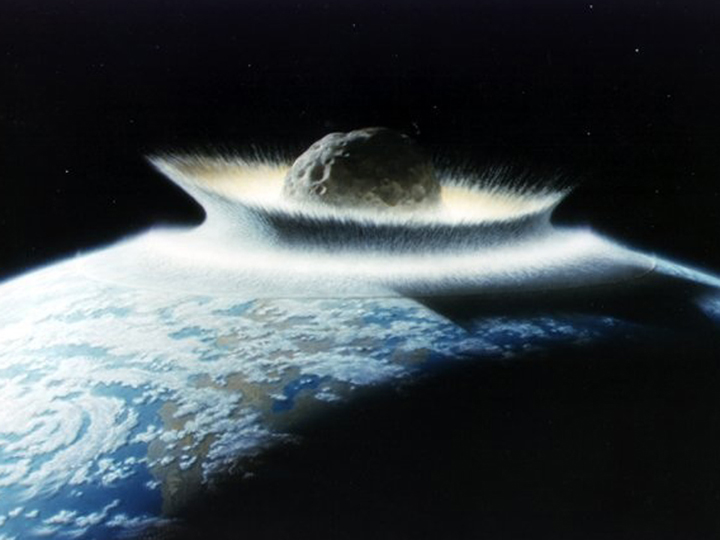While it is largely accepted that a large asteroid that slammed into Earth caused the extinction of the dinosaurs, it turns out that it nearly wiped out mammals as well.

READ MORE: The sky is falling—The truth about doomsday asteroids
A new study by researchers at the Milner Centre for Evolution at the University of Bath in England concluded that 93 per cent of mammals became extinct across the Cretaceous-Paleogene (K-Pg) boundary, a much higher percentage than previously believed.
The K-Pg boundary — once known as the Cretacious-Tertiary (KT) boundary — is used to refer to a time 66 million years ago when the dinosaurs went extinct (though it took some time).
The researchers studied all the species of North American mammals from two million years before the Cretaceous to 300,000 years after the asteroid impacted Earth. Though they found that mammals narrowly escaped extinction, they also found that they recovered far more quickly than believed.
“Because mammals did so well after the extinction, we have tended to assume that it didn’t hit them as hard,” said Nick Longrich from the Milner Centre for Evolution. “However our analysis shows that the mammals were hit harder than most groups of animals, such as lizards, turtles, crocodilians, but they proved to be far more adaptable in the aftermath.”
READ MORE: Are we in the midst of a mass extinction?
The recovery efforts for mammals took a mere 300,000 years, a short time when it comes to evolutionary periods.
They conclude that, after the asteroid impact, there would have been few plants and animals to feed on. Instead, animals would have to survive on insects and dead plants and animals, and that only small species would have been able to thrive. As mammals were small at that period of their evolution, this helped them to survive.
“It wasn’t low extinction rates, but the ability to recover and adapt in the aftermath that led the mammals to take over.”
The study was published in the Journal of Evolutionary Biology.




Comments